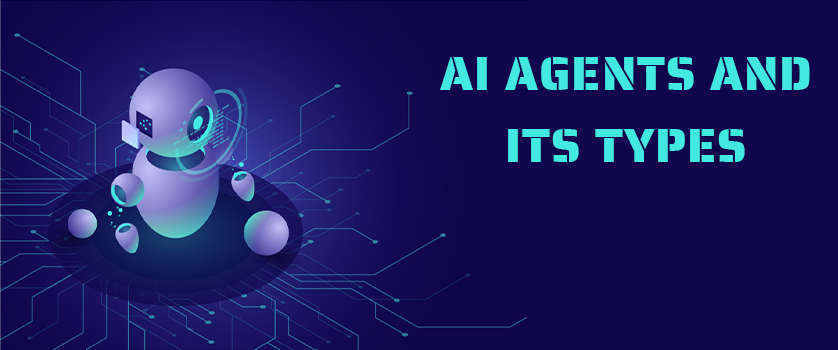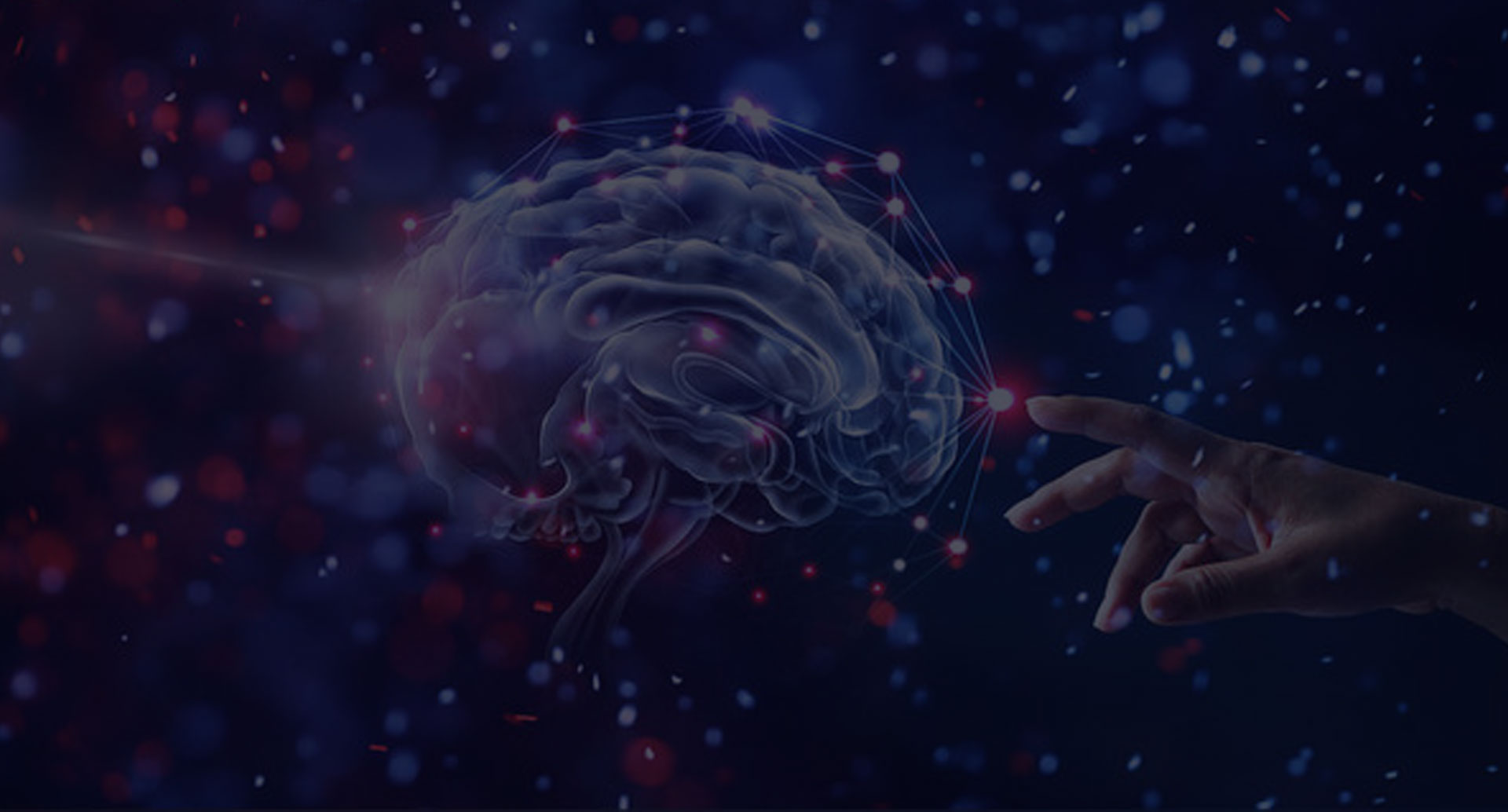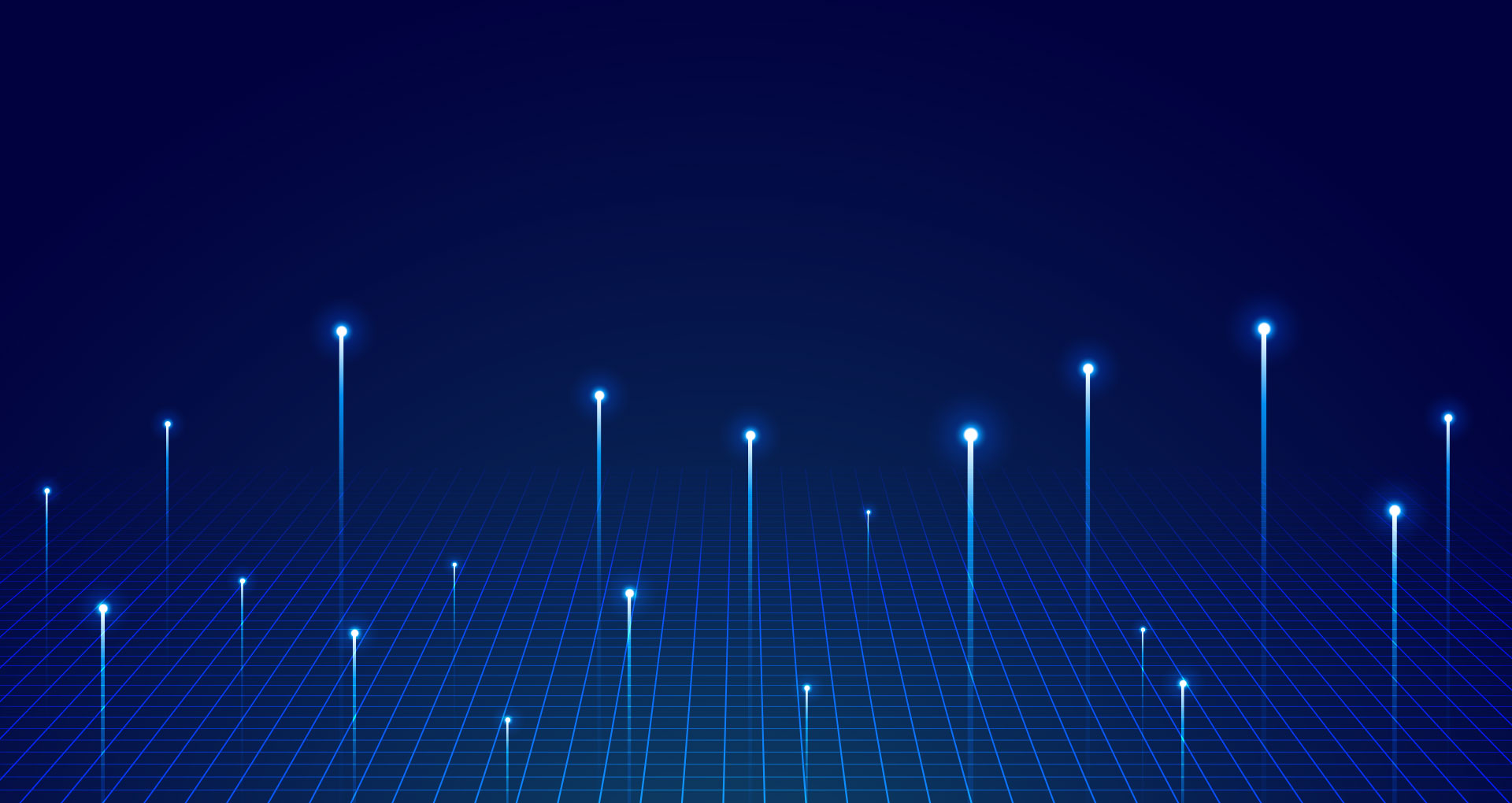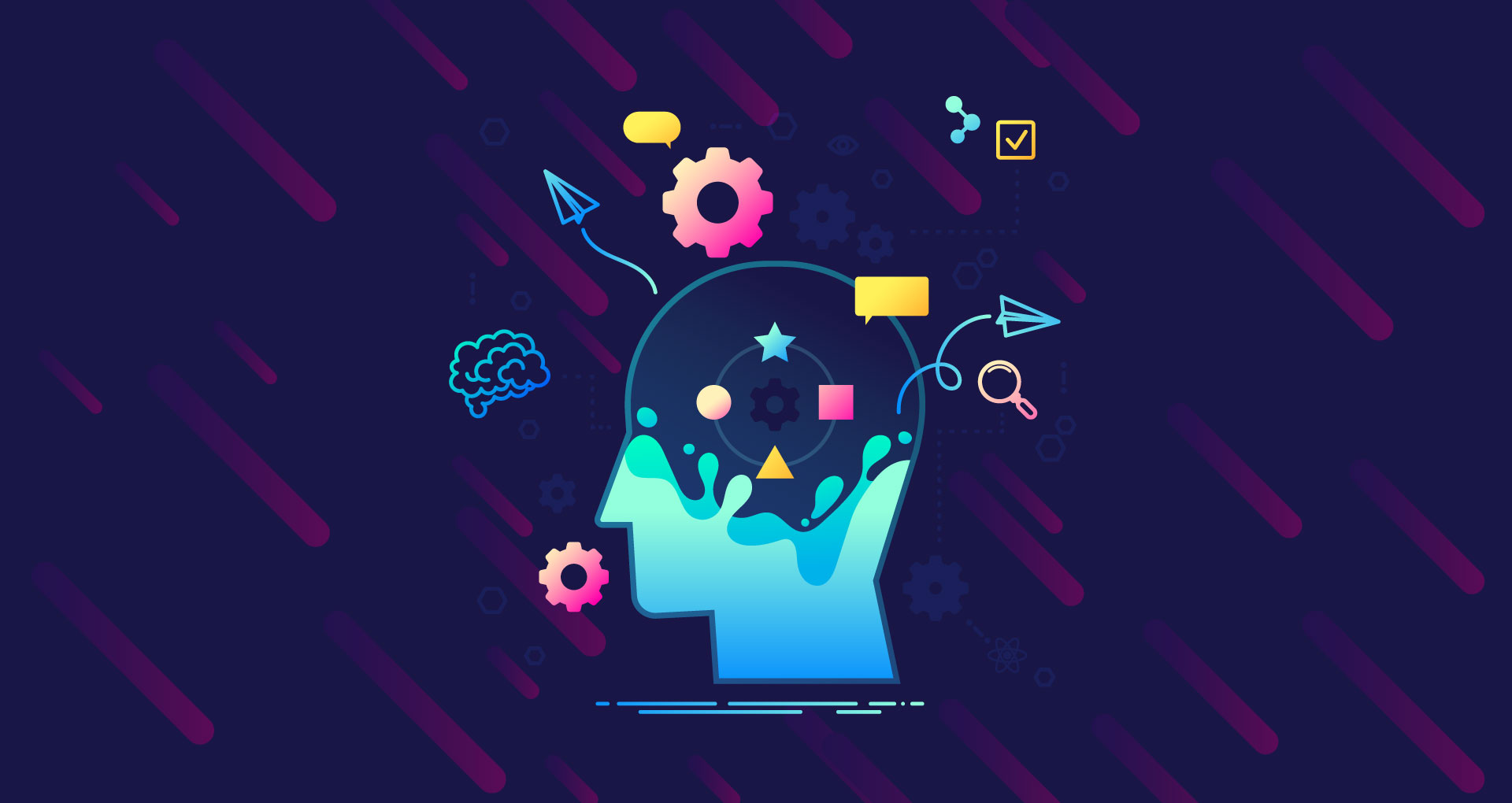In robotic agents, cameras, infrared range finder, NLP, and more act as sensors and allow them to achieve results through actuators like motors, gears, rails, wheels, etc.

Anshul Jain
23 Apr 2020
Artificial Intelligence (AI) is an amalgamation of numerous techniques and components that play a crucial role in creating an autonomous machine, with cognitive abilities similar to humans. Among these, environment and artificial intelligence agents are two elements based on which machines perceive and assess a situation and take necessary actions. While the significance of the environment in AI machines, is well known, the knowledge about AI agents is limited and in some cases, non existent.
For example, people are aware of how self-driving cars are highly dependent on their assessment of the near-by environment and objects, which enables them to take the safest route. However, they are unaware that without agents in artificial intelligence, this assessment and course of action cannot be possible.
In short, questions like “What is artificial intelligence agent?” “What do we want an agent to learn?” “How many types of agents are there in AI?”, majorly remain unanswered. Therefore, to unravel the significance of artificial intelligence agents in AI systems as well as to answer these questions, we are here with a detailed discussion.
But! Before we move on to answering these questions, we need to first understand what Agents are.
Agents:
An agent can be defined as an entity that perceives the environment through sensors and acts upon it through actuators and effectors. It follows a fixed cycle for achieving the result or perform a task, which involves perceiving, thinking, and acting. From cellphones & thermostats to cameras, robots, and more, everything around us is a type of agent, which are currently divided into:
Human agents have various sensory organs like eyes, ears, nose, tongue, etc. which act as sensors and help them act or take an action with the help of various actuators like hands, legs, mouth, etc.
From keystrokes to file contents, encoded strings, programs, and more Software Agents have various sensory inputs that help the system act on those inputs and display output on the screen.
What is Artificial Intelligence Agent?
Similar to an Agent, Artificial Intelligence Agent is a program or autonomous entity with an ability to make decisions, perform a service, and achieve results based on user inputs, experiences, and most importantly, environmental observations. These entities, which are also known as Intelligent Agent (AI) or Rational Agents, can be used to autonomously gather information in real-time either regularly, on a programmed schedule, or when prompted by the user.
However, to act in the direction of achieving these goals, Intelligent Agents are dependent on sensors and actuators, which help them perceive the environment, make an observation, and take appropriate actions.
That’s not all.
Various other characteristics define AI Agents, a few of which are mentioned below.
Characteristics of Intelligent Agents:
According to Nikola Kasabov, the intelligent agent have the following characteristics:
- Uses knowledge to achieve goals.
- It may be simple or complex.
- Adapt online and real-time.
- Performs analysis of behavior, errors, and success rates.
- Accommodates new problem-solving rules incrementally.
- Learns & improves through interactions with the environment.
- Have memory-based storage & retrieval.
- Have parameters to represent short & long term memory, age, forgetting, etc.
Types of Intelligent Agents:
AI Agents are in general classified into five (5) types by computer scientists, Russell & Norvig (2003). This classification is based on the varying level of intelligence or the complexity of the tasks they are capable of performing. Furthermore, all these agents have the ability to improve and enhance their performance and generate quality and improved results.
The five types of Intelligent Agents are:
1. Simple Reflex Agents:
The most basic of the intelligent agents, Simple Reflex Agent function in the current states of the environment, ignoring the past or percept history. Simple Reflex agents are, as suggested by the name, simple. They cannot calculate or solve complex equations and problems.
Moreover, they only work if the environment is fully observable or the current action is based on what is perceived at the moment. This current observation becomes the foundation for building a list of condition-action rules, which are then used to decide the appropriate action.
Thermostat, used in houses, is an example of a Simple Reflex Agent. It follows a simple concept of switching on on reflex whenever the temperature rises from a suitable a comfortable temperature.
2. Model-Based Reflex Agents:
A step-up from Simple Reflex Agents, Model-based Reflex Agent have a more comprehensive view of the environment. Named after the knowledge of “how the world works” or the model of the world, model-based reflex agents keep a track of the partially observable environment. It has an internal state depending on the percept history.
The model of the world programmed in its internal system enables this type of AI agent to incorporate its history and maintain a structure, which describes a world that is not perceived. Hence, it can adapt based on its prior knowledge in unexpected situations or when something isn’t perceivable.
For example, Intelligent Agents in self-driving cars like Waymo and Tesla are dependent on GPS to understand its location and predict upcoming drivers. This information once stored enables the AI system to take necessary actions in the future.
3. Goal-Based Agents:
The goal-based agents are the type of agents that are focused on their goals, rather than the perceived history. They expand upon the information Model-Based Agent store and combine the provided or stored goal information with the environment model, to choose from percept sequence or actions that move them closer to the goal. In short, they only distinguish between goal states and non-goal states.
Also, the knowledge that supports its decisions is represented explicitly and can be modified, which makes it more flexible than the reflex agents.
4. Utility-Based Agents:
An advanced and more useful version of Goal-Based Agents, Utility-Based Agents makes its decisions based on the maximum utility of its choices. Their focus is not only on achieving goals but to find the best alternative/way to reach that particular goal.
Moreover, it uses a utility function to rate possible scenarios and a general performance measure to compare them, which enables it to reach the desired result. The utility-based agent takes into consideration how beneficial the possible outcomes of the action will be and tries to maximize it.
Navigation and rating criteria are two important examples of Utility-Based Agents, which use the same concept to reach the most suitable and correct result.
5. Learning Agent:
The agent that is capable of learning from its past experiences or has learning capabilities is known as a learning agent. It does not follow a similar agent program like the other agents, as it starts from the basic knowledge and them acts and adapts through learning. To achieve this, it uses four conceptual concepts, which are:
- Learning Element: Helps make improvements.
- Performance Element Selects external actions.
- Critic: Provides feedback that is used by learning element, on how the agent is doing and how performance elements must be modified.
- Problem Generator: Suggests actions that lead to new and informative experiences.
For example, from Siri and Alexa to predictive searches, all use learning agents to adapt and learn about the user and make accurate suggestions, recommendations, and deliver appropriate ads.
Conclusion:
The world we live in today is relying on various AI agents to deliver humans a better lifestyle and suitable services. Be it the virtual assistants we have at our home, the chatbots with whom we interact to get guidance and answers, or the cellphones we carry, the websites we visit, the cars we drive, the navigation we use, everything is dependent on these AI Agents or Intelligent Agents. Hence, with constant development, these agents will become the foundation for developing the artificial intelligence of tomorrow.




